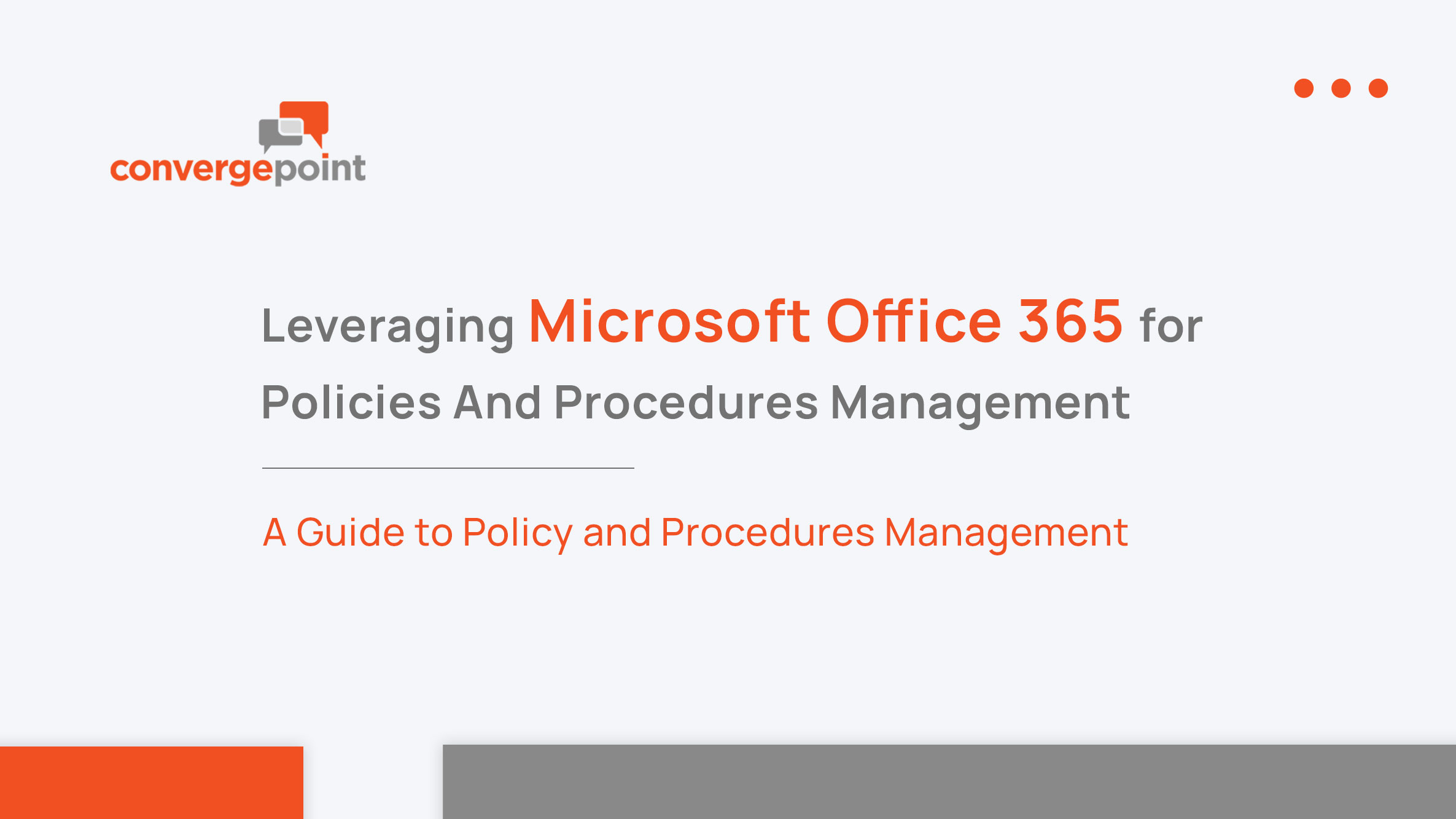Choosing a Secure Compliance Solution – Cloud vs. Control
When designing a compliance program, it is important for an organization to establish which risks they are trying to mitigate and how they plan to mitigate those risks. Resources are finite for every organization regardless of scope, and with compliance regulations on the rise, the right compliance program is key to a successful operation. When choosing a compliance program, organizations need to consider whether or not to keep compliance in house, how sensitive their data and dealings are, and consider their core competencies.
Cloud vs. Control: The Benefits to Keeping Your Compliance Solution in House
Organizations are consistently finding innovative ways to outsource functions of their business which often results in the reduction operating costs, a focus on their core competencies, and improvement in the quality of their business interactions. Outsourcing allows organizations to overcome challenges while staying competitive, but can expose organizations to a level risk and loss of control that can outweigh the benefits. This is especially important to keep in mind while organizations design and implement their compliance programs, as the whole purpose of a compliance program is to mitigate risk.
The main concern for risk when outsourcing compliance efforts is the effect on data security, more specifically, allowing a third party to handle intellectual property, information on operations, and sensitive customer data. With an open source system, it is difficult to ensure the third party is as careful with your data as you are, which is why most large enterprises have not adopted a cloud based approach to compliance efforts.
Creating compliance solutions is not typically a core competency of most organizations, yet there is a necessity to keep information in house and organize that information. This is where the SharePoint Consultants at ConvergePoint can step in and help with your compliance needs. We offer a variety of compliance programs that are simply an expansion of your existing Microsoft SharePoint Platform. For example, our Policies and Procedures Management Software creates a single, structured place for managing your policy and procedure workflow by utilizing a rule based system within SharePoint. Your operations stay on your own servers, your IT steps out of the equation, and you focus on the things that create revenue.
Greater Control over User Access and Complex Workflows
Because they’re both by Microsoft, SharePoint and Active Directory fully integrate with each other, enabling users to easily access the SharePoint portal. ConvergePoint software – for policy management, contract management,employee training, health and safety management, conflict of interest disclosures and case management – takes the basic functionality a step further by enabling you to control and restrict access to specific documents. That way, only the users who need to have access to certain documents are granted access.
From there, use the custom workflows ConvergePoint has built. SharePoint’s canned workflows require processes to be executed in sequential steps, while ConvergePoint software enables your organization to be guided through more complex, dynamic workflows to complete tasks.
Ensure Effective and Secure Compliance with ConvergePoint
Don’t allow a third party to control your operations and data; let ConvergePoint organize the structure of your compliance efforts while keeping them in house. Contact one of our SharePoint Consultants today at 888-484-8048 to schedule a demo and see how ConvergePoint can address your compliance needs.
Also Related – Eliminate the Chaos of Contract Requests with Better Contract Management
Also Related – You’re Only as Compliant as Your Employees
How to make your employees more accountable
Industries served
Education
Protect intellectual property, manage grants, preserve student privacy, and outline ethical procedures.
Manufacturing and Retail Industry
Establish procurement policies, outline employee safety procedures, specify quality control of products, and satisfy changing regulatory guidelines.
Healthcare
Adhere to HIPAA, HITECH, ICD 9, ICD 10, and FDR CFR regulations, safeguard patient information, and manage healthcare compliance processes.
Financial Services and Banking
Comply with SEC, FDIC, FINRA, OCC, CFTC, and Federal Reserve regulations, achiever greater transparency, and manage external scrutiny.
Insurance and Employee Benefits
Improve organizational transparency, underwrite policies and procedures, mitigate risk centers, and reduce volatility.
Energy and Utilities
Avoid heavy penalties from local, regional, state and federal regulators, manage potential risks, and enhance employee safety and training retention.
Transportation
Abide by FAA, DOT, FMCSA, FRA and FTA regulations, educate drivers and third party vendors on guidelines, and streamline overall compliance.

